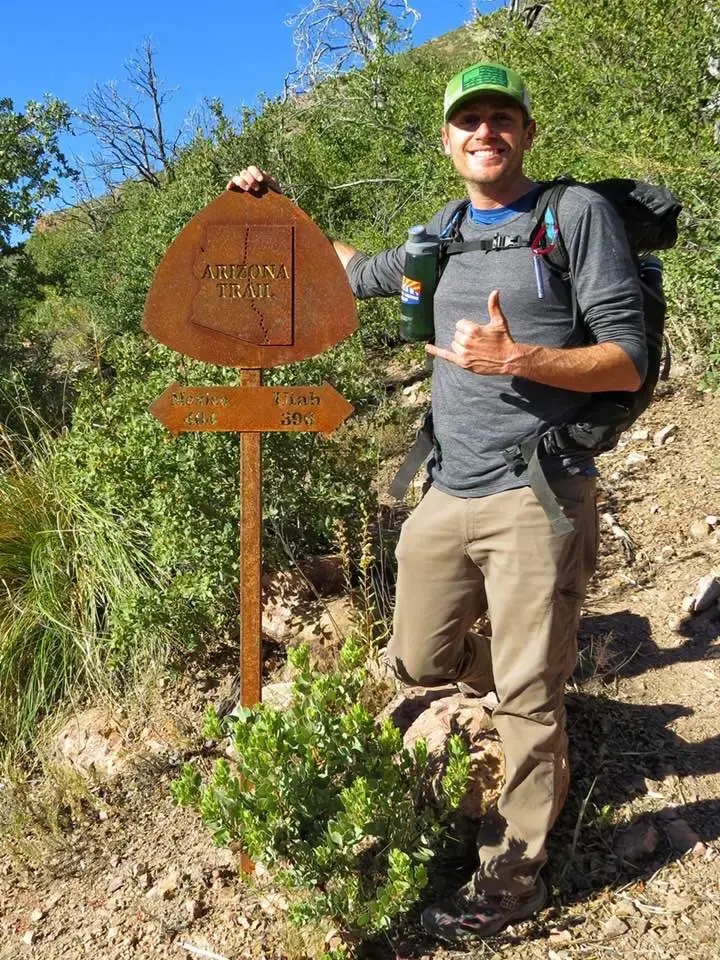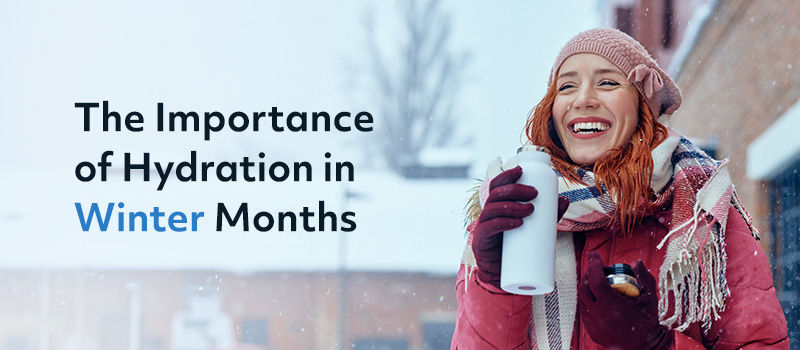Understanding the Risks of Summer Hiking in Arizona and the Role of Mobile IVs in Dehydration Recovery
- revitalizemobileiv
- Jul 14
- 4 min read

Hiking in Arizona during the summer months can be thrilling and dangerous. With stunning landscapes and an abundance of wildlife, the great outdoors calls many adventurers. However, the extreme temperatures and dry conditions lead to serious health risks, particularly dehydration. This post will explore the hazards of summer hiking in Arizona and introduce mobile IV therapy as a practical solution for dehydration recovery.
The Dangers of Hiking in the Arizona Summer Heat
Summer in Arizona can see temperatures exceeding 100°F (38°C). These harsh conditions come with unique challenges that every hiker must know.
Dehydration is one of the main risks when hiking in the heat. On hot days, the body loses fluids rapidly, often between 1 and 2 liters per hour, depending on the intensity of the hike. If hikers do not replace these fluids, they can quickly face severe issues. Symptoms of dehydration include dizziness, confusion, intense thirst, and extreme fatigue. In extreme cases, dehydration can escalate to heat exhaustion or heat stroke, both of which require immediate medical attention.
The dry desert climate can worsen dehydration. Arizona's average humidity often hovers around 10%-20%, which can lead to faster moisture loss from the skin and respiratory system. Hikers might not realize how much water they are losing and may underestimate their hydration needs.
Another danger is the terrain. Arizona's trails vary from easy pathways to challenging climbs. Hiking during summer exposes individuals to dust, steep inclines, and rocky paths while battling the heat. Wearing inappropriate footwear or lacking familiarity with the trail can significantly increase accident risks.
Desert wildlife also poses hazards. Encounters with venomous snakes, scorpions, or other desert creatures can turn dangerous. Fatigue and distraction caused by the heat can diminish hikers' ability to respond appropriately to these encounters.
Preparing for Summer Hikes
Given these considerable risks, adequate preparation is crucial for safe hiking in Arizona's summer heat. Here are effective tips to ensure your safety:
Check Weather Forecasts: Always look up the weather before heading out. If extreme heat warnings are in effect, consider postponing your hike.
Stay Hydrated: Make hydration your top priority. Aim to drink at least one gallon of water daily, increasing that amount for strenuous hikes. A hydration pack can help facilitate drinking.
Additionally, consider these recommendations to enhance your hiking experience:
Wear Appropriate Gear: Lightweight, breathable clothing helps keep your body cool. A wide-brimmed hat and sunglasses protect you from sun exposure. Invest in sturdy hiking shoes or boots that provide ankle support on uneven surfaces.
Plan Your Route Wisely: Choose to hike during early mornings or late evenings when temperatures are cooler. Stick to trails that align with your physical fitness and experience level.
What to Do If You Experience Dehydration
Recognizing dehydration's signs early can save lives. If you or someone in your group experiences dizziness, nausea, or confusion, immediate action is vital. Here’s how to respond:
Find Shade: Seek shelter from direct sunlight right away. Look for natural cover or set up a small tent or canopy if you have one handy.
Rehydrate: Start drinking water or an electrolyte-rich sports drink right away. Avoid caffeine, as it can worsen dehydration.
Rest: Sit down and cool off. This allows your heart rate to decrease and your body to recover more efficiently.
Monitor Symptoms: If dehydration symptoms continue or worsen, it may be necessary to seek medical attention promptly.
The Role of Revitalize Mobile IV Therapy in Dehydration Recovery
In recent years, mobile IV therapy has become a convenient option for those dealing with dehydration, particularly in Arizona’s extreme heat. These services deliver intravenous fluids, vitamins, and electrolytes directly to your location, allowing for rapid recovery without the need for a doctor's visit.
Mobile IV therapy can be particularly beneficial for those experiencing severe dehydration due to excessive heat exposure. Unlike traditional hydration methods—such as drinking water or sports drinks, which can take time to absorb—IV fluids provide immediate relief. They can replenish lost fluids and essential nutrients swiftly.
Furthermore, treatments are tailored to individual needs, creating a customized hydration plan that meets your specific situation. Whether recovering from a long hike or simply feeling the effects of the heat, mobile IV therapy can give you that necessary boost.
Final Thoughts
Hiking in Arizona during the summer can be a fantastic experience, offering breathtaking views and a deep connection with nature. However, it is vital to recognize and prepare for the dangers that heat poses, especially dehydration.
By taking proactive measures—like staying hydrated, wearing suitable gear, and knowing the signs of dehydration—hikers can enjoy their adventures safely. In cases of dehydration, seeking immediate help through mobile IV therapy can be a lifesaver. It provides vital hydration, helping you recover quickly and effectively. After all, enjoying the great outdoors should never come at the expense of your health.
Understanding these risks and preparing adequately ensures your summer hiking adventures in Arizona are both safe and enjoyable.





Comments